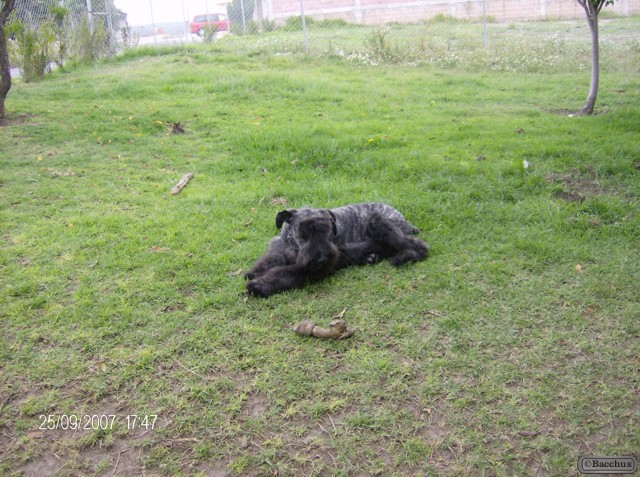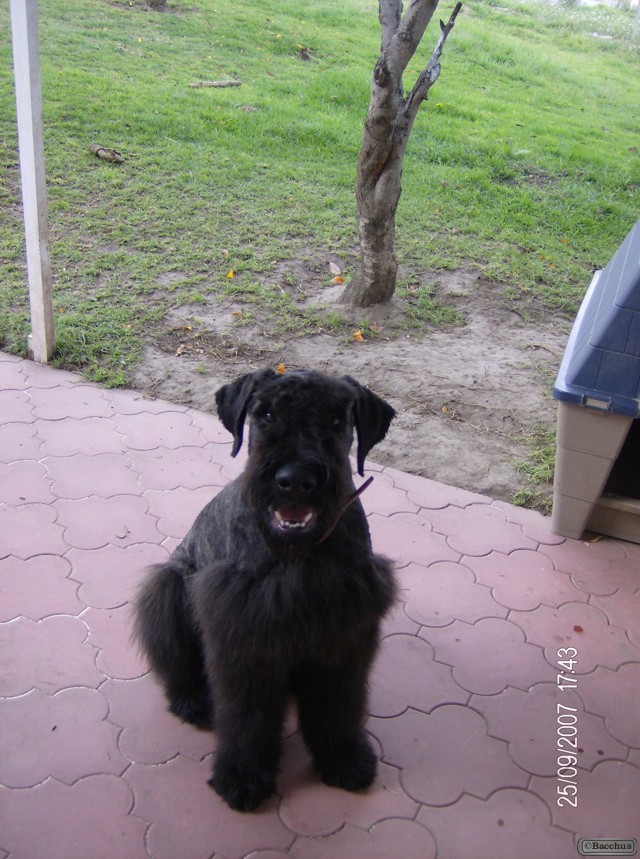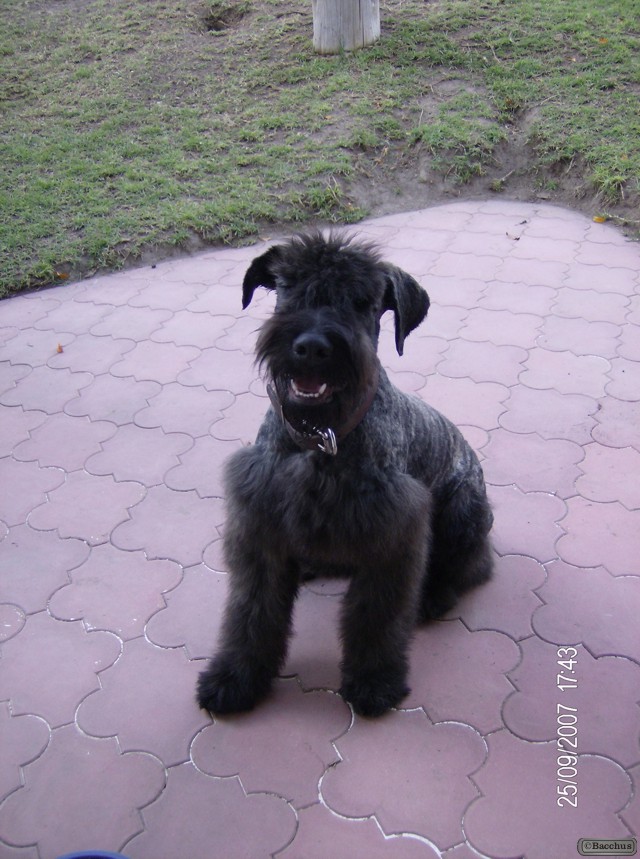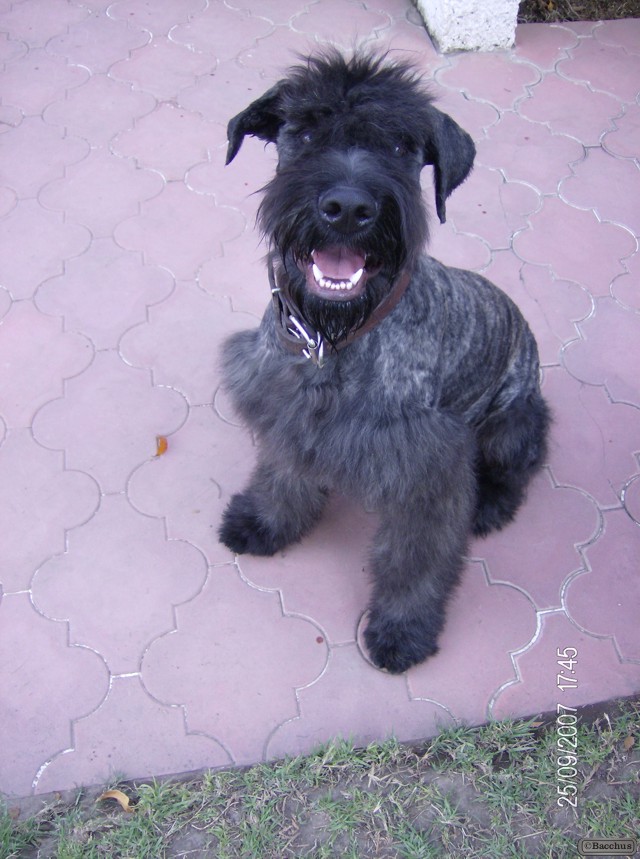Family
Family
Apraxia of speech (AOS) is an acquired oral motor speech disorder affecting an individual’s ability to translate conscious speech plans into motor plans, which results in limited and difficult speech ability. By the definition of apraxia, AOS affects volitional (willful or purposeful) movement patterns, however AOS usually also affects automatic speech.
Individuals with AOS have difficulty connecting speech messages from the brain to the mouth. AOS is a loss of prior speech ability resulting from a brain injury such as a stroke or progressive illness.
Developmental verbal dyspraxia (DVD), also known as childhood apraxia of speech (CAS) and developmental apraxia of speech (DAS); is an inability to utilize motor planning to perform movements necessary for speech during a child’s language learning process. Although the causes differ between AOS and DVD, the main characteristics and treatments are similar.
Norma
Apraxia is most often due to a lesion located in the left hemisphere of the brain, typically in the frontal and parietal lobes. Lesions may be due to stroke, acquired brain injuries, or neurodegenerative diseases such as Alzheimer’s disease or other dementias, Parkinson’s disease, or Huntington’s disease. It is also possible for apraxia to be caused by lesions in other areas of the brain including the right hemisphere.
Ideomotor apraxia is typically due to a decrease in blood flow to the left hemisphere of the brain and particularly the parietal and premotor areas. It is frequently seen in patients with corticobasal degeneration.
Ideational apraxia often results in functional impairments in activities of daily living (ADLs) similar to those seen with late stage dementia. More recently, it has been observed in patients with lesions in the left hemisphere near areas associated with aphasia; however, more research is needed on ideational apraxia due to brain lesions. The localization of lesions in areas of the frontal and temporal lobes would provide explanation for the difficulty in motor planning seen in ideational apraxia as well as its difficulty to distinguish it from certain aphasias.
Constructional apraxia is often caused by lesions of the inferior right parietal lobe, and can be caused by brain injury, illness, tumor or other condition that can result in a brain lesion.
Norma
Apraxia of speech (AOS) involves the loss of previously acquired speech levels. It occurs in both children and adults who have (prior to the onset of apraxia) acquired some level of speaking ability. AOS affects an individual’s volitional speech and is typically the result of a stroke, tumor, or other known neurological illness or injury. Apraxia may be accompanied by a language disorder called aphasia.
Symptoms of AOS include inconsistent articulatory errors, groping oral movements to locate the correct articulatory position, and increasing errors with increasing word and phrase length. Patients with apraxia find that vowels are easier to produce than consonants. Single consonants are easier than blends. As in stuttering, final consonants are easier than those in the initial position. This may occur because initial consonants are affected by anticipatory errors. Also, perhaps once an apraxic gets speech started with the production of a vowel, production continues in a more automatic fashion. Fricative and affricates are the most difficult phonemes for apraxics to produce. AOS often co-occurs with Oral Apraxia (during both speech and non-speech movements) and Limb Apraxia.
Developmental verbal dyspraxia presents in children who have no evidence of difficulty with strength or range of motion of the articulators, but are unable to execute speech movements because of motor planning and coordination problems.
Norma
Types
There are several types of apraxia including:
- Ideomotor apraxia: These patients have deficits in their ability to plan or complete motor actions that rely on semantic memory. They are able to explain how to perform an action, but unable to “imagine” or act out a movement such as “pretend to brush your teeth” or “pucker as though you bit into a sour lemon.” The ability to perform an action automatically when cued, however, remains intact. This is known as automatic-voluntary dissociation. For example, they may not be able to pick up a phone when asked to do so, but can perform the action without thinking when the phone rings.
- Ideational/conceptual apraxia: Patients have an inability to conceptualize a task and impaired ability to complete multistep actions. Consists of an inability to select and carry out an appropriate motor program. For example, the patient may complete actions in incorrect orders, such as buttering bread before putting it in the toaster, or putting on shoes before putting on socks. There is also a loss of ability to voluntarily perform a learned task when given the necessary objects or tools. For instance, if given a screwdriver, the patient may try to write with it as if it were a pen, or try to comb one’s hair with a toothbrush.
- Buccofacial or orofacial apraxia: Non-verbal oral or buccofacial ideomotor apraxia resulting in difficulty carrying out movements of the face on demand. For example, an inability to lick one’s lips or whistle. This is an ability to carry out any volitional movements of the tongue, cheeks, lips, pharynx, or larynx on command.
- Constructional apraxia: The inability to draw or construct simple configurations, such as intersecting shapes.
- Gait apraxia: The loss of ability to have normal function of the lower limbs such as walking. This is not due to loss of motor or sensory functions.
- Limb-kinetic apraxia: Difficulty making precise movements with an arm or leg.
- Oculomotor apraxia: Difficulty moving the eye, especially with saccade movements that direct the gaze to targets. This is one of the 3 major components of Balint’s syndrome.
- Apraxia of speech: Difficulty planning and coordinating the movements necessary for speech.
Each type may be tested at decreasing levels of complexity; if the person tested fails to execute the commands, you can make the movement yourself and ask that the person mimic it, or you can even give them a real object (like a toothbrush) and ask them to use it.
Norma
Apraxia is a motor disorder caused by damage to the brain (specifically the Posterior Parietal Cortex), in which someone has difficulty with the motor planning to perform tasks or movements when asked, provided that the request or command is understood and he/she is willing to perform the task. Apraxia is an acquired disorder of motor planning, but is not caused by incoordination, sensory loss, or failure to comprehend simple commands (which can be tested by asking the person to recognize the correct movement from a series). It is caused by damage to specific areas of the cerebrum. Apraxia should not be confused with ataxia, a lack of coordination of movements; aphasia, an inability to produce and/or comprehend language; abulia, the lack of desire to carry out an action; or allochiria, in which patients perceive stimuli to one side of the body as occurring on the other. Developmental coordination disorder (DCD) is the developmental disorder of motor planning.
Norma
Aphasia (from Greek a- (“without”) + phásis (“speech”)) is the name given to a collection of language disorders caused by damage to the brain. The word aphasia comes from the word aphasia, in Ancient Greek, which means “speechlessness”, derived from aphatos, “speechless” from a-, “not, un” and phemi, “I speak”. A requirement for a diagnosis of aphasia is that, prior to the illness or injury, the person’s language skills were normal (for developmental language disorders, see specific language impairment). The difficulties of people with aphasia can range from occasional trouble finding words to losing the ability to speak, read, or write, but does not affect intelligence. This also affects visual language such as sign language. The term “aphasia” implies a problem with one or more functions that are essential and specific to language function. It is not usually used when the language problem is a result of a more peripheral motor or sensory difficulty, such as paralysis affecting the speech muscles or a general hearing impairment.
Norma
There are types of aphasia. Each type can cause impairment that varies from mild to severe. Common types of aphasia include the following:
- Expressive aphasia (non-fluent): With expressive aphasia, the person knows what he or she wants to say, yet has difficulty communicating it to others. It doesn’t matter whether the person is trying to say or write what he or she is trying to communicate.
- Receptive aphasia (fluent): With receptive aphasia, the person can hear a voice or read the print, but may not understand the meaning of the message. Oftentimes, someone with receptive aphasia takes language literally. Their own speech may be disturbed because they do not understand their own language.
- Anomic aphasia. With anomic aphasia, the person has word-finding difficulties. This is called anomia. Because of the difficulties, the person struggles to find the right words for speaking and writing.
- Global aphasia. This is the most severe type of aphasia. It is often seen right after someone has a stroke. With global aphasia, the person has difficulty speaking and understanding words. In addition, the person is unable to read or write.
- Primary progressive aphasia. Primary progressive aphasia is a rare disorder where people slowly lose their ability to talk, read, write, and comprehend what they hear in conversation over a period of time. With a stroke, aphasia may improve with proper therapy. There is no treatment to reverse primary progressive aphasia. People with primary progressive aphasia are able to communicate in ways other than speech. For instance, they might use gestures. And many benefit from a combination of speech therapy and medications.
Aphasia may be mild or severe. With mild aphasia, the person may be able to converse, yet have trouble finding the right word or understanding complex conversations. Severe aphasia limits the person’s ability to communicate. The person may say little and may not participate in or understand any conversation.
Norma
Aphasia is usually caused by a stroke or brain injury with damage to one or more parts of the brain that deal with language. According to the National Aphasia Association, about 25% to 40% of people who survive a stroke get aphasia.
Aphasia may also be caused by a brain tumor, brain infection, or dementia such as Alzheimer’s disease. In some cases, aphasia is a symptom of epilepsy or other neurological disorder.
Norma
Aphasia is a communication impairment that affects all aspects of language, including speaking, understanding speech, reading, and writing. Imagine going to a foreign country where you do not speak the language, or you only remember a few words from your high school or college language course. You would have difficulty saying what you mean, understanding what others were saying to you, reading the language, and writing things down. This provides a little insight into what it might be like to have aphasia.
Aphasia is caused by a brain injury, typically due to stroke, traumatic brain injury, or some other illness. Depending on the exact location of the brain injury, aphasia can manifest itself in many different ways. Some people with aphasia have more difficulty understanding what is said to them and reading than they do speaking. Other people with aphasia have more difficulty saying what they want to say but understand much of what is said to them. Sometimes aphasia is more severe and affects understanding, speaking, reading and writing quite broadly.
Norma







